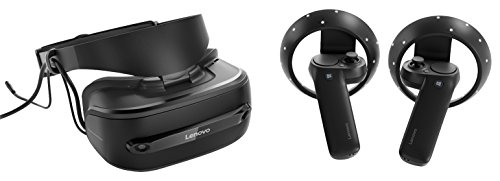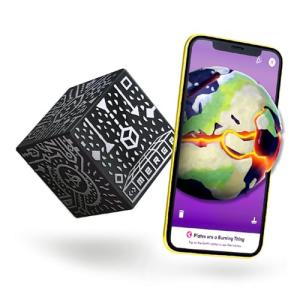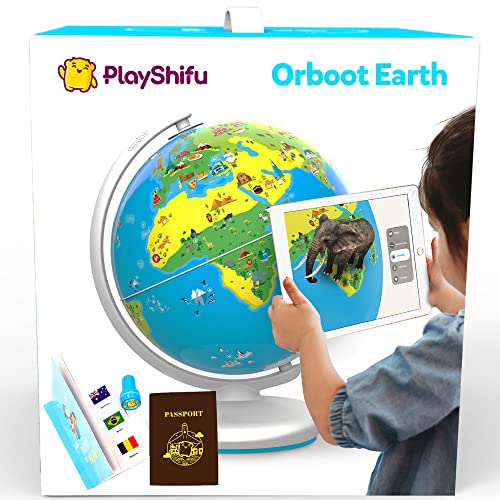Imagine stepping into a history lesson and actually being in ancient Rome. With Virtual Reality Education, that dream becomes a reality. Students can explore key historical events or dive into the human body, making learning interactive and fun. No more boring lectures—learning comes alive in 3D!
Virtual Reality Education lets students see and experience concepts in ways traditional classrooms can’t. Picture a physics class where you can manipulate forces and see the results in real-time. It’s like playing a video game, but you’re also learning valuable skills without even realizing it.
Teachers benefit too! They can use VR to create immersive lessons tailored to their curriculum. Plus, students who struggle with attention or engagement often light up when they put on a headset. The excitement of discovering new worlds can motivate even the most reluctant learners.
Whether it’s anatomy, geography, or art, Virtual Reality Education opens doors to endless possibilities. It transforms education into a vibrant experience, helping students connect more deeply with the material. Dive into the future of learning—it's a game changer!
Engaging Lessons That Capture Attention
Virtual Reality Education is changing the way we think about learning. Imagine stepping into a history lesson where you’re walking through ancient Rome or exploring the ocean depths to learn about marine life. These engaging lessons grab attention in a way traditional textbooks just can’t. With VR, students don’t just read or watch; they experience.
One great aspect of Virtual Reality Education is the ability to explore complex subjects in an interactive manner. Kids can learn about geometry by building structures in a virtual space or dive into physics by experimenting with different forces in a 3D environment. These hands-on experiences reinforce the concepts in a way that sticks.
Teachers find that VR lessons spark curiosity and boost participation. When students wear a VR headset, their excitement is palpable. They can roam around in an Egyptian pyramid or even take a walk on Mars! This level of immersion keeps learners focused and eager to dive deeper into the material.
Another fun benefit of Virtual Reality Education is collaboration. Students can team up in virtual worlds to solve problems together, finish projects, or even go on adventures. This teamwork enhances social skills and fosters a sense of community, all while learning new skills in a playful setting.
Lenovo Explorer Mixed Reality Headset G0A20001WW
Dive into immersive experiences with the Lenovo Explorer Mixed Reality Headset and transform how you play, learn, and explore
Product information
$479.99
Product Review Score
4.28 out of 5 stars
59 reviewsProduct links
Explore Creative Concepts Through VR
Imagine walking into the world of your favorite book or stepping into a historical event. With Virtual Reality Education, that's totally possible. This technology makes learning fun and interactive, grabbing students' attention in a way textbooks can’t. Instead of just reading about the solar system, students can explore it firsthand! They can float among the stars and get up close with the planets, making science lessons unforgettable.
Whether it's visiting ancient civilizations or diving into the depths of the ocean, VR transforms dull lessons into thrilling adventures. Students can engage with complex subjects in a hands-on way. Picture a history class where students can virtually wander through the streets of Rome, experiencing life as it was thousands of years ago. Learning becomes a memorable journey instead of just a series of facts to memorize.
Teachers love Virtual Reality Education because it caters to different learning styles. Visual learners can benefit from immersive graphics, while kinesthetic learners can interact with the environment. Plus, with VR, students can try things out without the usual risks. They can experiment, make mistakes, and learn in a safe space. It's about making mistakes and learning from them without any real-world consequences.
And let’s not forget teamwork! Many VR experiences are designed for groups, encouraging collaboration. Students can work together on projects, solving problems and brainstorming in a shared virtual space. That means they're not just learning the material; they're also picking up important social skills. Virtual Reality Education offers a complete package for modern-day classrooms, making learning engaging, safe, and interactive.
Merge Cube - Interactive Augmented Reality Learning Tool
Explore, learn, and have fun with this hands-on AR tool that makes learning exciting and engaging
Product information
$29.99
Product Review Score
4.26 out of 5 stars
44 reviewsProduct links
Build Skills with Interactive Simulations
Interactive simulations turn learning into a fun adventure. With Virtual Reality Education, students can dive into a whole new world where they can practice real-life skills without any risks. Imagine stepping into a virtual lab where you can mix chemicals, perform surgeries, or even explore outer space. These experiences make learning stick because you’re actively involved.
Think about learning difficult concepts like physics or biology. Instead of just reading about them, you can experience them firsthand. VR lets you manipulate and explore 3D models, giving you a better grasp of complex ideas. You don’t have to struggle with hard-to-understand diagrams; you see and interact with the concept directly, which makes it much easier to remember.
Another great thing about Virtual Reality Education is the ability to repeat experiences as often as needed. Want to perfect that cooking technique? Or practice a tricky math problem? Jump back into that simulation anytime. This repetitive practice helps solidify skills in a way that traditional learning methods often can’t provide.
Plus, interactive simulations cater to different learning styles. Whether you're a visual learner, kinesthetic, or auditory, VR lets you approach education in a way that suits you best. You'll find engagement levels skyrocketing because everyone can participate fully, making learning inclusive and enjoyable for all.




